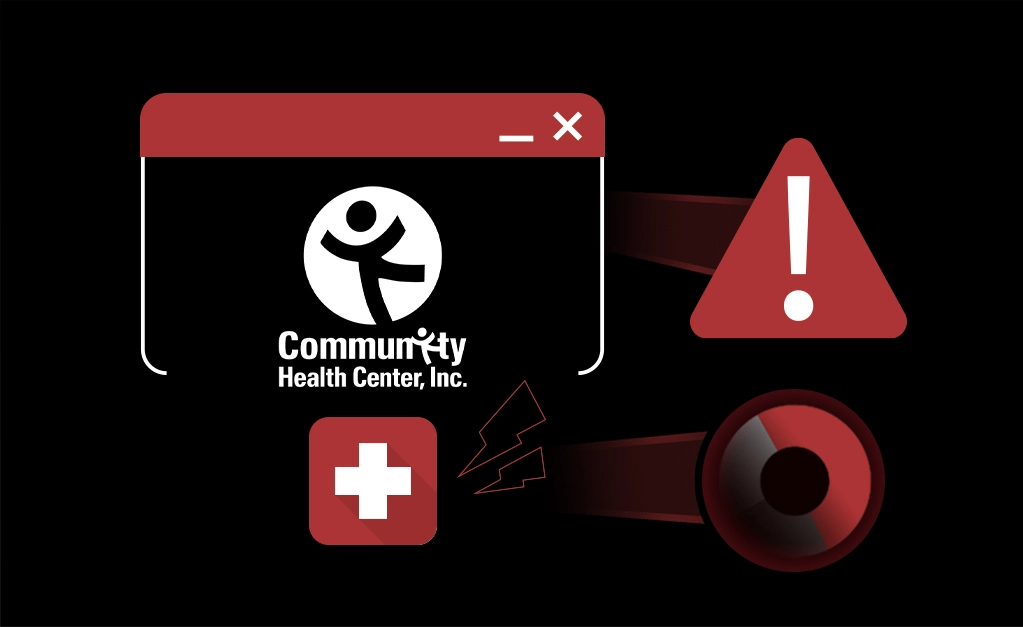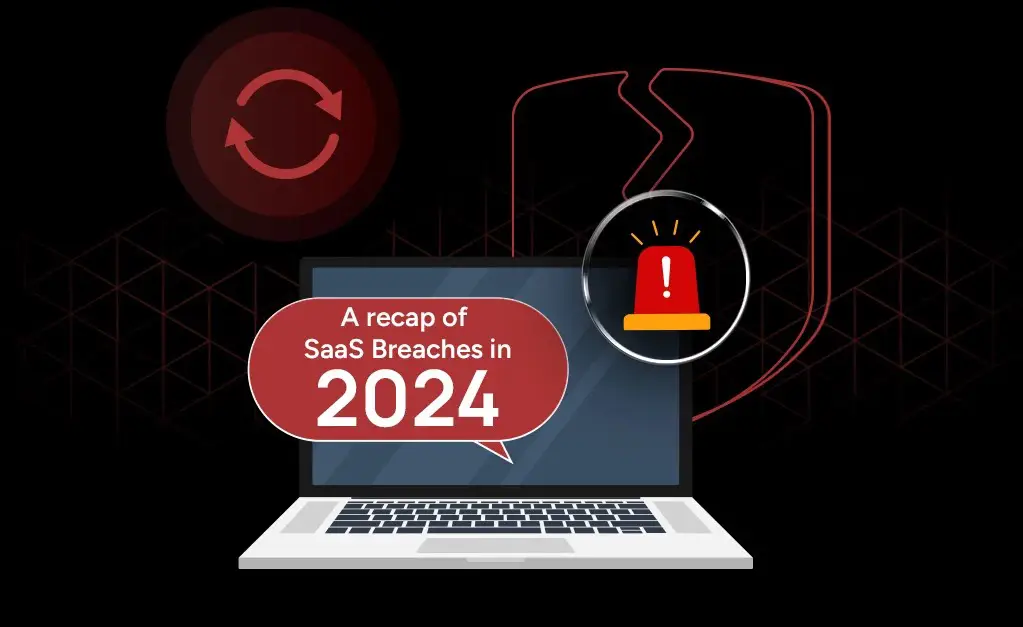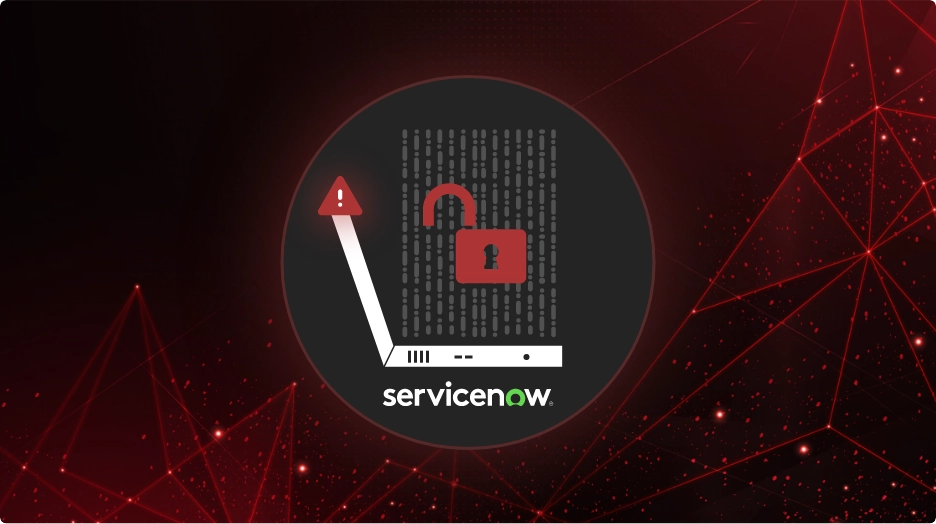7 Critical SaaS Security Lessons from the CHC Data Breach

In January 2025, Community Health Center (CHC), a nonprofit healthcare provider, discovered a data breach that compromised the personal information of over one million patients. The attack, carried out by what CHC described as a “skilled criminal hacker,” exposed sensitive data including names, Social Security numbers, diagnoses, treatment records, and health insurance information.
While the breach did not impact daily operations or result in data deletion or encryption, the damage was done. Patient trust has been shaken, and CHC now joins a growing list of healthcare institutions that have suffered significant cybersecurity incidents in just the past few months.
The healthcare sector isn’t alone. As organizations across industries embrace cloud-first strategies and increasingly rely on SaaS platforms to manage sensitive operations and data, the attack surface has expanded dramatically. The CHC breach is just the latest example of what happens when cloud and SaaS security posture doesn’t keep pace.
Here are seven key lessons every business leader, CIO, and CISO should take from the CHC incident, and what they mean for protecting your SaaS and cloud environment.
1. Operational uptime doesn’t mean your data is safe.
In its letter to victims, CHC emphasized that its systems remained operational and the attacker did not delete or encrypt any data. But while business continuity was preserved, over a million personal records were silently exfiltrated.
This reflects a shift in attacker behavior. Rather than paralyzing systems, many now prefer stealthily extracting high-value data without triggering alarms. For organizations, this means measuring “success” only in terms of uptime is misleading. You can be running smoothly on the surface while leaking data beneath.
SaaS environments are particularly vulnerable to this kind of breach. With data spread across collaborative tools, file shares, CRMs, and ticketing platforms, it’s easy for attackers to move laterally and extract information undetected, unless real-time monitoring is in place.
2. Your cloud and SaaS security stack needs continuous monitoring.
One-time audits and occasional configuration checks are no longer enough. As SaaS apps evolve rapidly—new users onboard, permissions change, files get shared externally—your security posture can shift daily.
Unfortunately, many organizations still treat SaaS security like a set-and-forget exercise. They assume that initial settings are adequate, or worse, believe the built-in security of the platform is sufficient.
Continuous monitoring of your SaaS security posture allows you to:
- Detect misconfigurations in real time
- Identify excessive or outdated user privileges
- Track third-party app access
- Alert on suspicious behavior like unusual downloads or logins
Without this layer of visibility, you’re flying blind.
3. Attackers are exploiting healthcare’s digital transformation.
Healthcare organizations are rapidly digitizing – from electronic health records (EHRs) to patient engagement tools, scheduling systems, and cloud-based collaboration platforms. While this transformation improves care delivery, it also creates an interconnected web of applications that, if not secured properly, becomes fertile ground for attackers.
SaaS platforms are especially attractive to hackers because they centralize vast amounts of sensitive information and are often accessed from outside corporate networks – by doctors, nurses, administrators, and vendors. All it takes is one compromised credential or misconfigured app to open the door.
But it’s not just healthcare. Any organization handling regulated, confidential, or mission-critical data, whether in finance, legal, education, or HR, faces the same risks. The lesson? Digital transformation must be matched with SaaS-aware cybersecurity strategies.
4. You can’t protect what you don’t see.
The average enterprise uses hundreds of SaaS applications. Many of these are connected to core business platforms like Microsoft 365, Google Workspace, or Salesforce. Ask yourself: Do you know which apps have access to your environment? Do you know what data they can touch? Are you tracking what external contractors can see or download?
If not, you’re not alone. And you’re not secure.
Security teams need unified visibility into:
- Who has access to what
- What sensitive data is exposed
- How third-party tools are integrated
- Where is unusual behavior occurring
A centralized, cloud-native security solution that monitors and secures your entire SaaS stack is no longer a nice-to-have. It’s essential.
5. Real-time alerts beat post-incident forensics.
CHC reportedly stopped the attacker’s access “within hours.” But the breach still occurred. That tells us two things:
- The attacker moved fast.
- The organization’s detection capabilities were reactive, not proactive.
In modern cloud environments, hours are too long. Threat actors can pivot between apps, elevate access, and exfiltrate sensitive data in minutes. That’s why real-time anomaly detection is critical. Alerts should trigger for risks like:
- Sudden privilege escalations
- Unusual file sharing or downloads
- Access from suspicious geolocations or devices
- Rapid creation of third-party tokens or integrations
6. Compliance is your foundation. Don’t treat it like a checkbox.
Healthcare providers like CHC must adhere to stringent regulations such as HIPAA and HITECH. But compliance alone doesn’t guarantee security. It’s a framework upon which strong security postures must be built.
Too often, organizations treat compliance as a once-a-year activity focused on passing audits. But maintaining continuous compliance in dynamic SaaS environments requires consistent monitoring of access controls, encryption policies, and data flows.
Smart organizations go further. They use compliance frameworks as a launchpad for broader security maturity: from role-based access and zero trust principles to automated reporting and incident response readiness.
The message is clear: in regulated industries, non-compliance is expensive. But treating compliance as a living, evolving practice is where real protection begins.
7. Proactive SaaS security is a board-level issue now.
The CHC breach impacts more than just IT. It affects patient trust, public reputation, and long-term organizational resilience. That’s why cybersecurity around SaaS and cloud tools can no longer be delegated solely to technical teams.
Boards, CEOs, and executive teams must ask:
- Do we have real-time visibility into our SaaS risk posture?
- Are we investing in the right cloud-native security tools?
- How quickly can we detect and respond to breaches?
SaaS security is now a business-critical concern. It needs board-level sponsorship, strategic investment, and continuous improvement, just like any other core pillar of the business.
Final Thoughts
The CHC breach isn’t an outlier, but a preview. As organizations accelerate cloud and SaaS adoption, the risks will only grow. Attackers are adapting. Security strategies must do the same.
Whether you’re in healthcare, finance, education, or any industry handling sensitive data, the lesson is universal: what you can’t see can hurt you.
At CheckRed, we help organizations stay ahead of these risks with unified visibility, real-time threat detection, and continuous cloud and SaaS security posture management. Don’t wait for a breach to expose the gaps. Talk to our team to assess your cloud and SaaS security posture and close the gaps before attackers find them.


